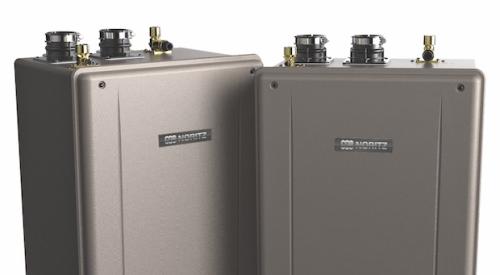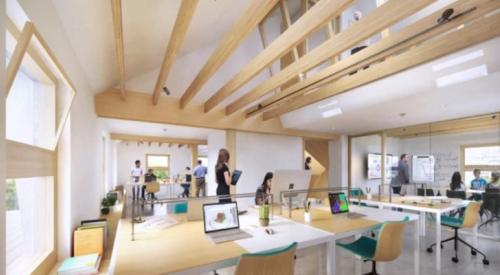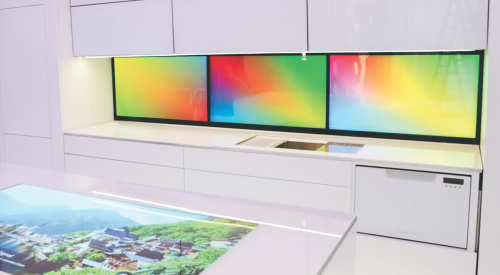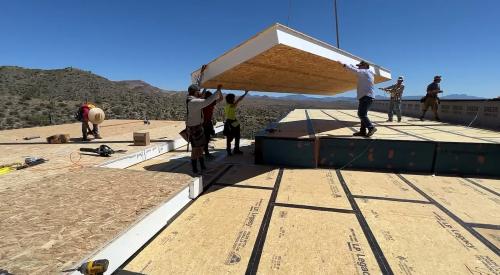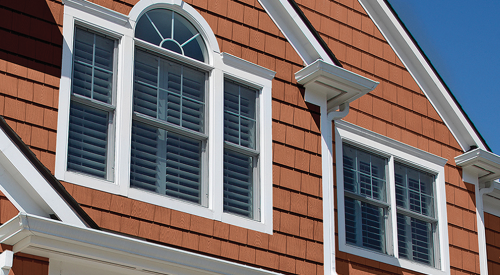The Harvard Center for Green Buildings and Cities (CGBC) completed its HouseZero project, the retrofitting of its headquarters, built in the 1940s, into an energy-positive prototype.
The project was designed to meet "radically ambitious" targets, including nearly zero energy for heating and cooling, zero electric daytime lighting, operating with 100 percent natural ventilation, and producing zero carbon emissions, according to a recent press statement. Ali Malkawi, a professor of architectural technology who leads the CGBC program, tells Curbed, “We’re shattering the belief that you need to build new buildings to be efficient,” adding, “We want to show how this can be replicated almost anywhere, and solve one of the world’s biggest energy problems, inefficient existing buildings.”
CGBC explains that HouseZero is "intended to produce more energy over its lifetime than was used to renovate it and throughout its subsequent operation." HouseZero will function as both research tool and workspace, as the CGBC uses data from the hundreds of sensors embedded in each of the structure's components to continually track performance, offering researchers "an unprecedented understanding of complex building behavior."
HouseZero attacks one of the largest sources of energy usage and carbon emissions: the existing building stock. Currently, existing U.S. buildings are responsible for 40 percent of the country’s energy consumption, costing owners more than $230 billion annually for heating, cooling, and power, according to the CGBC research. As Malkawi says, most of the building stock in the U.S. has already been built.

